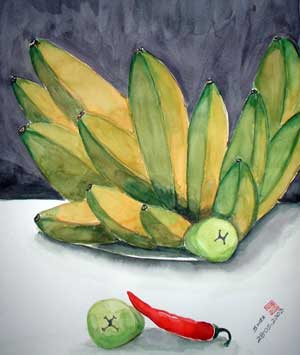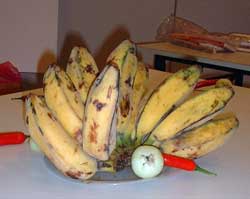
As a painter, this is one of the most dreaded moments. For some reason or the other, there will come a time when you simply cannot put your thoughts on paper and turn that observation into a piece of art that you used to.
It can follow a personal crisis or during a particularly stressful period that concerns your working life. This is especially true when you are working full time and painting part-time. So what do you do?
In my personal experience, when you are faced with such a time, the best thing is to lay off your painting sets a while, maybe for a day or two. It will be a good thing not to force youself to paint because if you do, and the work comes out bad, you will be more disappointed with it than if you had not drawn or painted anything. And it just might be the trigger that you could abandon your work, for good.
On the extreme side of it, if you did not paint during a lull period, you might become too lazy to pick up the brush again, and end up abandoning your greatest love of all. Which is sad.
So, as a watercolourist, what do you do? Or rather, as an artist, when is your next logical step?
For me, I don't know about you and your methods may differ greatly, I normally change to sketchings and doodles. Sometimes, I even get hold of some pastel colours and start doing doodles as I would with watercolour of the things I see.
I would never pay much attention to the work, just sketching and doodling as I go, capturing only the shapes and colours, paying no special attention to getting everything right. This way, I found out, keeps my drawing instincts intact. It may come out as a work or art, or it may turn out to be rubbish.
Either way, you exercise your thoughts and keep them in good shape despite having a lull period. And when you have gained proper perspective to your woes, you will easily pick up your brush and paint that masterpiece again. Believe me, it works.
Have a good day - painting or otherwise!
Technorati Tags: art, watercolour,instruction,lessons



